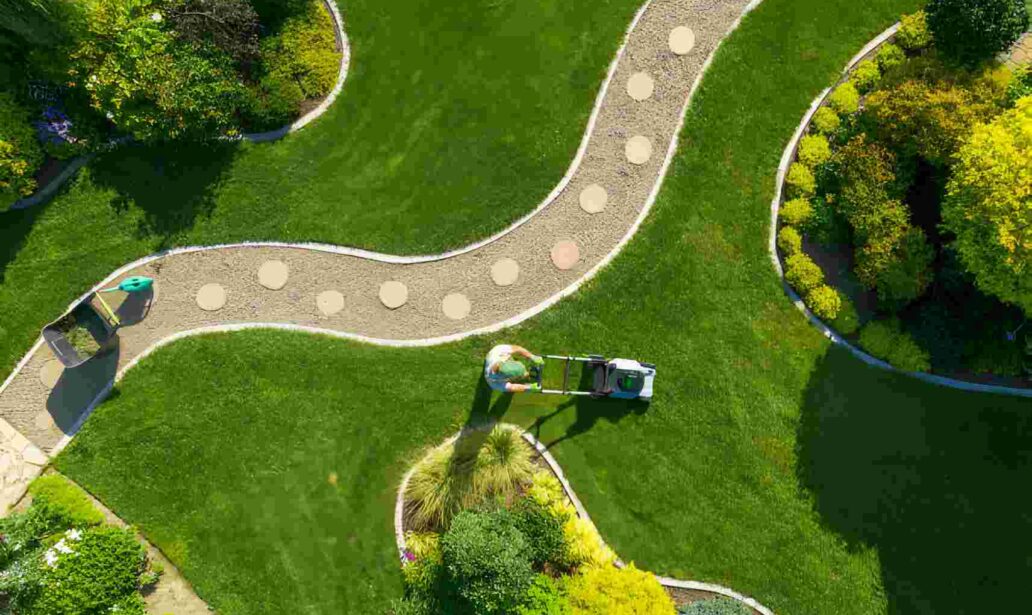
Is your once-vibrant garden now looking lackluster and cluttered? Do you yearn for the days when your outdoor oasis flourished with life and beauty? If so, you’re not alone. Many gardeners face the challenge of revitalizing their landscapes, especially as seasons change and environmental factors evolve. But fear not! With the right strategies and a thoughtful approach, you can breathe new life into your garden and ensure its long-term health and vibrancy.
Embrace the Ever-Changing Landscape
One of the first steps to reviving your garden is to embrace the ever-changing nature of your landscape. Every year brings new challenges and opportunities, from varying weather patterns to fluctuations in insect and disease pressures. By understanding and adapting to these changes, you can better care for your garden and help it thrive year-round.
Assess Your Landscape
Before diving into any restoration efforts, take the time to assess the current state of your landscape. What aspects of your garden do you want to restore, renovate, or revive? Distinguish between these terms to better understand your goals and bridge the gap between your current landscape and your desired vision.
Plan the Transition
Once you’ve assessed your landscape, it’s time to plan the transition. Decide which elements you want to keep, relocate, or remove from your garden. Clearing away clutter and visual obstructions is essential for creating a fresh canvas to work with. Consider pruning existing plants to shape them as desired and identify candidates for relocation.
The Art and Science of Pruning
Pruning is a fundamental aspect of garden revival, often underestimated in its importance. It’s both an art and a science, essential for maintaining the health and vitality of your plants. Proper pruning removes dead, diseased, or overgrown branches, stimulating new growth and enhancing the visual appeal of your garden.
Careful Transplantation
When transplanting plants, careful preparation is key. Ensure the new location is adequately prepared before digging out the plant you intend to move. Remember that transplanting can be stressful for plants, so provide proper care and attention during the transition period. Spring or fall are ideal times for transplanting, depending on the specific plant type.
Divide and Multiply
For perennials and ground covers, dividing and transplanting can help rejuvenate your garden. Divide large clumps of plants into smaller sections, keeping what you need and sharing the excess with friends and neighbors. It’s a great way to propagate your favorite plants while spreading their beauty throughout your landscape.
Introduce Fresh Elements
As you make space in your revitalized garden, consider introducing new plants to the mix. This is your opportunity to correct past mistakes, experiment with native species, or try out new cultivars. Adding fresh elements can breathe new life into your landscape and create a vibrant, dynamic outdoor space.
Long-Term Stewardship
Finally, remember that the journey to landscape revival doesn’t end with planting. Stewardship is about maintaining and sustaining your garden over time. Regular maintenance and care are essential for ensuring the long-term health and vitality of your landscape. Consider partnering with a professional or investing your own time and effort to keep your garden thriving for years to come.
Reviving your garden is not just a project; it’s a journey towards lasting beauty and vitality. By embracing change, assessing your landscape’s needs, and carefully planning the transition, you can breathe new life into your outdoor oasis. With the right strategies and a commitment to long-term stewardship, your garden can flourish for years to come.

